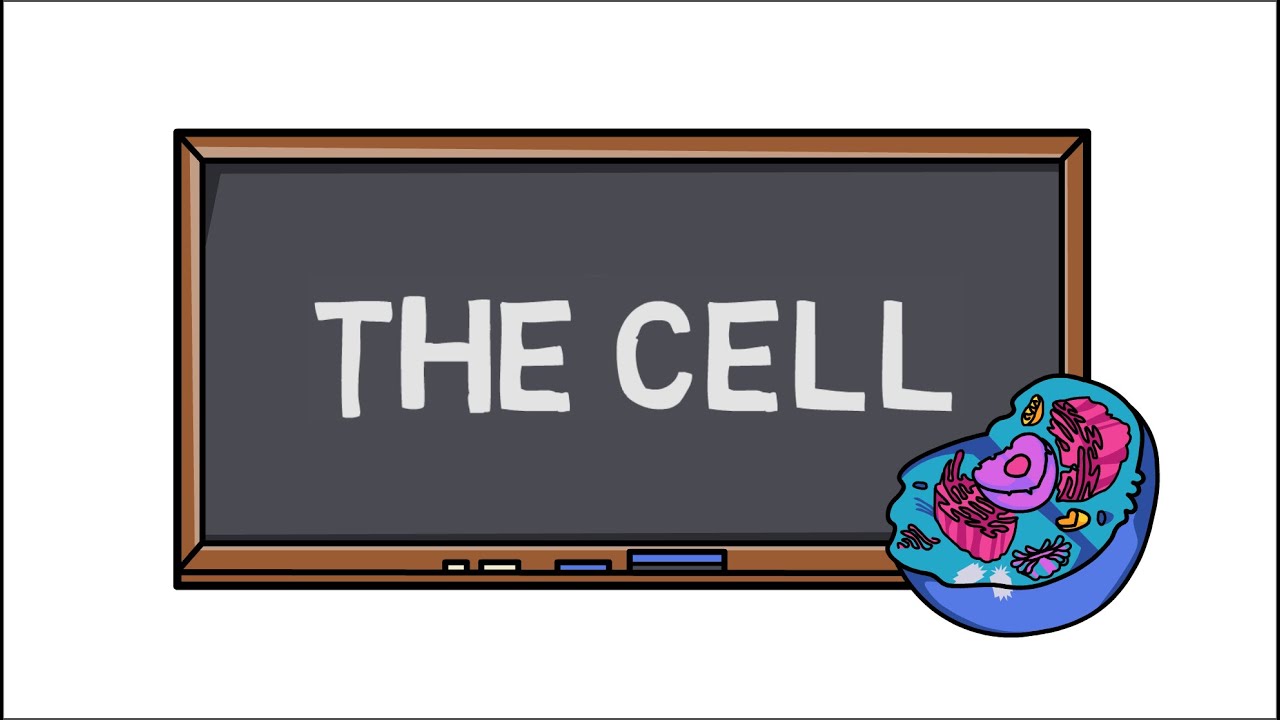Struktur dan Fungsi Komponen Sel Tumbuhan
Summary
TLDRThis educational video script delves into the fascinating world of cells, the building blocks of life. It distinguishes between prokaryotic and eukaryotic cells, highlighting the presence or absence of a nuclear membrane. The script provides a detailed exploration of plant cell components, including the cell wall, membrane, cytoplasm, and nucleus. It also describes the functions of organelles like mitochondria, ribosomes, and the Golgi apparatus, emphasizing their roles in energy production, protein synthesis, and cellular maintenance. The video aims to educate viewers on the complexity and beauty of cellular structures and their functions in plant life.
Takeaways
- 🌿 A cell is the smallest unit that makes up living organisms and can perform life functions autonomously.
- 🔬 There are two known types of cells: prokaryotic and eukaryotic, which differ based on the presence or absence of a nuclear membrane.
- 🌱 Prokaryotic cells lack a nuclear membrane, hence their genetic material is not enclosed and is in direct contact with the cytoplasm.
- 🌳 Eukaryotic cells have a nuclear membrane that encloses their genetic material, providing a distinct nucleus within the cell.
- 🍃 Plant cells, which are eukaryotic, contain various components including the cell wall, cell membrane, cytoplasm, nucleus, and other organelles.
- 🧬 The nucleus is a critical component of eukaryotic cells, responsible for regulating all cellular activities and containing genetic material.
- 🔋 Mitochondria are known as the 'powerhouses' of the cell, producing energy through cellular respiration in the form of ATP molecules.
- 🌟 Ribosomes are the sites of protein synthesis, either attached to the endoplasmic reticulum for protein export or free in the cytoplasm for intracellular use.
- 🚢 The endoplasmic reticulum is a network of membranes that aids in the synthesis and transport of lipids, carbohydrates, and proteins within the cell.
- 📦 The Golgi apparatus is involved in the processing, modification, and transport of proteins to be used within or outside the cell.
- 🗑 Lysosomes contain digestive enzymes that break down waste materials and cellular debris, playing a role in maintaining cellular health.
Q & A
What is the smallest unit that makes up living organisms?
-The smallest unit that makes up living organisms is the cell.
What is the difference between prokaryotic and eukaryotic cells?
-Prokaryotic cells lack a membrane-bound nucleus, whereas eukaryotic cells have a nucleus enclosed by a nuclear membrane.
What are the two types of cells that make up both unicellular and multicellular organisms?
-The two types of cells are prokaryotic and eukaryotic cells.
What is the function of the cell wall in plant cells?
-The cell wall in plant cells provides structural support and protection, and it is composed of substances like cellulose, lignin, and pectin.
What is the composition of the cell membrane in plant cells?
-The cell membrane in plant cells is composed of proteins, lipids, phospholipids, carbohydrates, water, and some cholesterol, forming a phospholipid bilayer.
What is the role of the cytoplasm in plant cells?
-The cytoplasm in plant cells is where metabolism occurs, including protein synthesis and cellular respiration.
What is the function of the nucleus in eukaryotic cells?
-The nucleus in eukaryotic cells is the control center of the cell, responsible for regulating all cellular activities and containing the genetic material.
What is the function of mitochondria in plant cells?
-Mitochondria in plant cells are the site of energy production through cellular respiration, generating ATP molecules.
What is the role of the Golgi apparatus in plant cells?
-The Golgi apparatus in plant cells is responsible for modifying, sorting, and packaging proteins for secretion or use within the cell.
What is the function of vacuoles in plant cells?
-Vacuoles in plant cells maintain turgor pressure and cell shape, store nutrients, and help in osmotic balance.
What is the role of chloroplasts in plant cells?
-Chloroplasts in plant cells are the site of photosynthesis, containing pigments like chlorophyll and other photosynthetic pigments.
Outlines

This section is available to paid users only. Please upgrade to access this part.
Upgrade NowMindmap

This section is available to paid users only. Please upgrade to access this part.
Upgrade NowKeywords

This section is available to paid users only. Please upgrade to access this part.
Upgrade NowHighlights

This section is available to paid users only. Please upgrade to access this part.
Upgrade NowTranscripts

This section is available to paid users only. Please upgrade to access this part.
Upgrade NowBrowse More Related Video

Cells for Kids | Learn about cell structure and function in this engaging and fun intro to cells

027 Die Zelle Baustein des Lebens Meilensteine der Naturwissenschaft & Technik

Discovery Video - Cells

Part 11 The Cell & Type of Cell

The Cell | Discovery of first Cell | Cell Theory |

CRYSTAL LATTICE AND UNIT CELL
5.0 / 5 (0 votes)